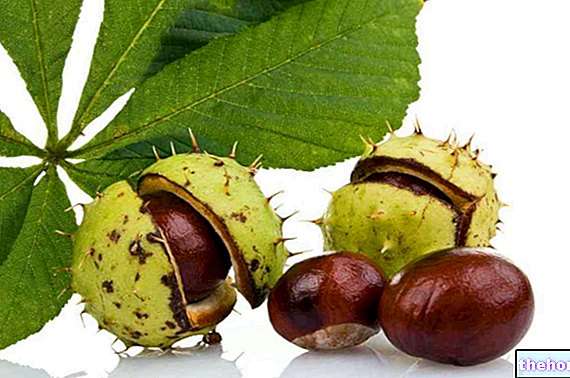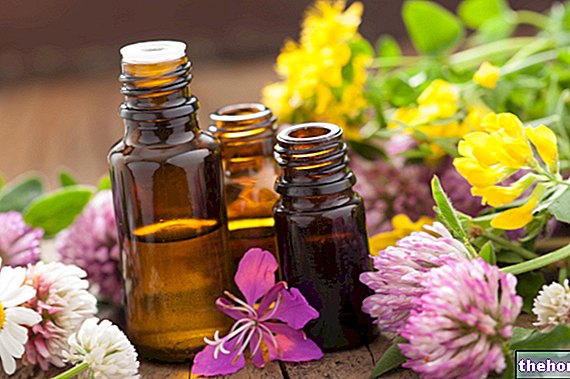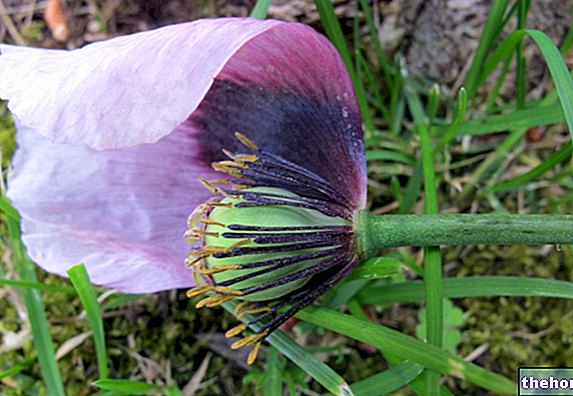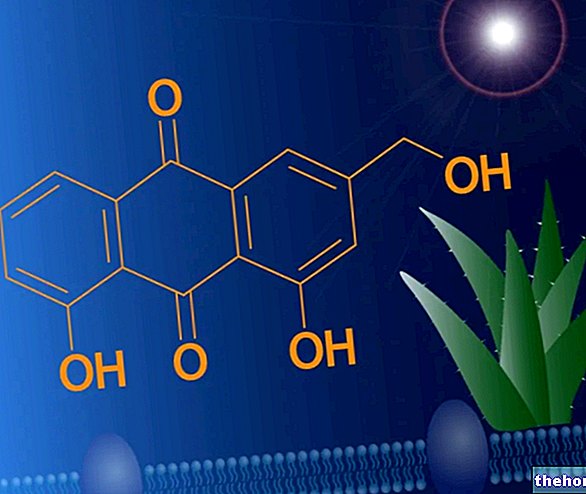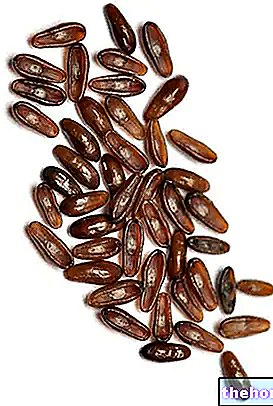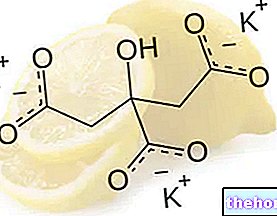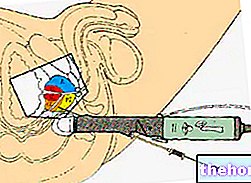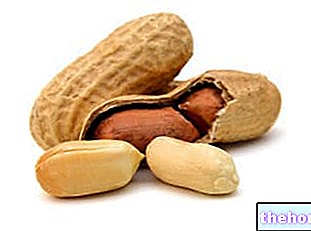The "horse chestnut, Aesculus hippocastanum, family Hippocasataceae, is a tall ornamental tree, used to obtain a drug characterized by leaves, young branches, but above all seeds. Seeds known as "matte chestnuts", which contain glycides, lipid fraction, a mixture of saponins that takes the name of escin, and coumarins (category of molecules belonging to the biogenetic pathway of "scichimic acid). Horse chestnut saponins have important and interesting anti-edema properties; in fact, they favor the reduction of edema or swelling and with them the reabsorption of interstitial liquids poured out following bruises or irritative phenomena. The freeing of the interstices from the liquids that pour into them means that horse chestnut can be used by the cosmetic industry in the formulation of anti-cellulite and firming products, or preparations against fatigue of the lower limbs.This last problem, very common - especially among women - is determined by an "alteration of the capillary and venous circulation, which favors swelling and edema, which can be soothed or limited by the" application of dermo-functional formulations for topical use, based on horse chestnut saponins or escin.
If edema is the expression of an inflammatory phenomenon, horse chestnut can be used as an anti-inflammatory remedy; alternatively, it can also be used for its known capillarotropic properties, which are expressed through an increase in resistance and a decrease in capillary permeability, therefore a reduction in the excessive release of liquids and plasma in the interstitium (according to an anti-edema action that occurs in this sense upstream of the problem). These properties are also attributable to "Ivy, Hedera helix, family Araliacee, climbing plant whose leaves are used; has heterophylly (has differently shaped leaves); the active ingredient of ivy is called ederine, but in fact it is a mixture of triterpene saponins, as well as those of licorice.
Other articles on "Horse chestnut and ivy to strengthen capillaries"
- Licorice - glycyrrhizin
- Pharmacognosy
- Butcher's broom and Centella

